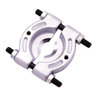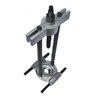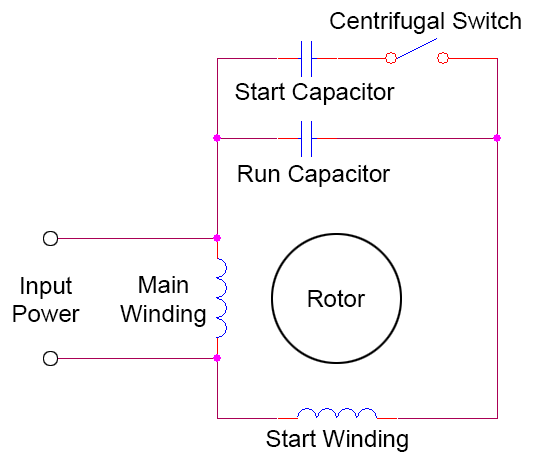Hello- I have a 50 year old Planer that was my fathers. I had it stored in a basement for the last 10 years. it worked fine then but now it will only run for about 1 minute or less and it cuts off. It will restart after about 5 minutes but does the same thing again. If I take the belts off so there is no load, it continues to run without any problems. I changed the run capacitor and it still does the same thing. The motor says it is to be run 115 volts and not less than a 30 amp breaker. I wired the receptacle myself using a 30 amp breaker and then used orange #10 wire to run to receptacle. The cord on the planer motor is 14/3 and is in good shape but i was surprised it was not #10 wire ? This is original cord as far as I know. Any thoughts on why it is doing this?
-
Categories
-
Platforms
-
Content






